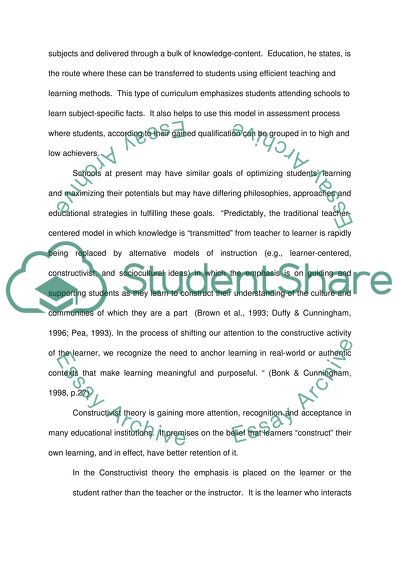Cite this document
(“Instruction and Student Learning Research Paper”, n.d.)
Retrieved from https://studentshare.org/education/1425608-instruction-and-student-learning
Retrieved from https://studentshare.org/education/1425608-instruction-and-student-learning
(Instruction and Student Learning Research Paper)
https://studentshare.org/education/1425608-instruction-and-student-learning.
https://studentshare.org/education/1425608-instruction-and-student-learning.
“Instruction and Student Learning Research Paper”, n.d. https://studentshare.org/education/1425608-instruction-and-student-learning.


